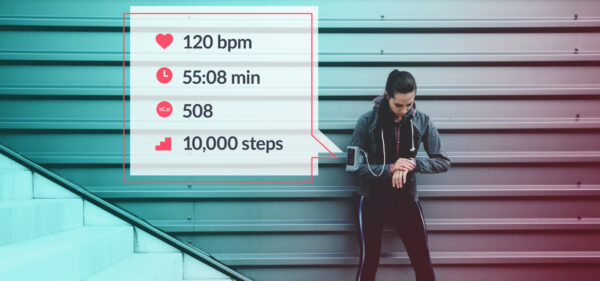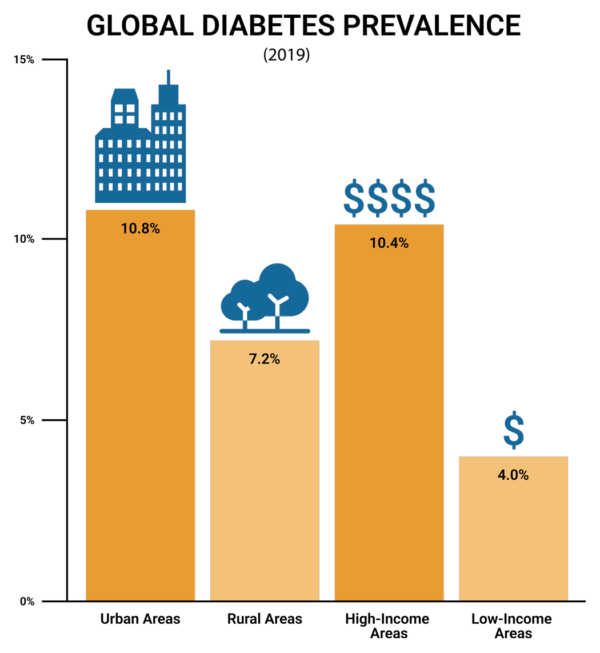Tooth decay is the most common health condition in the world, according to research cited by the World Health Organization. Yet many people don’t have access to dental care or find going to the dentist too time-consuming. In the U.S., the number one reason people don’t visit the dentist is lack of money. In low income countries, there simply aren’t enough dentists – approximately one dentist for every 152,000 people.
The majority of oral health problems are preventable. A new class of apps and tools leverages your smartphone’s camera and machine learning to help identify cavities, tooth decay and receding gums, bringing dental care closer to people that may not have access to it.







